Egypt's 4,000-year-old Egyptian history museum in "The Pharaohs' Village"
Continuing the story of the "Village of the Pharaohs" , located on the island of Nile in Cairo must be noticed an interesting museum, which gathers exposure, covering the 4-x period of a thousand years of Egyptian history, from the time of the pharaoh and ending in the 80s of the 21st century. 20.
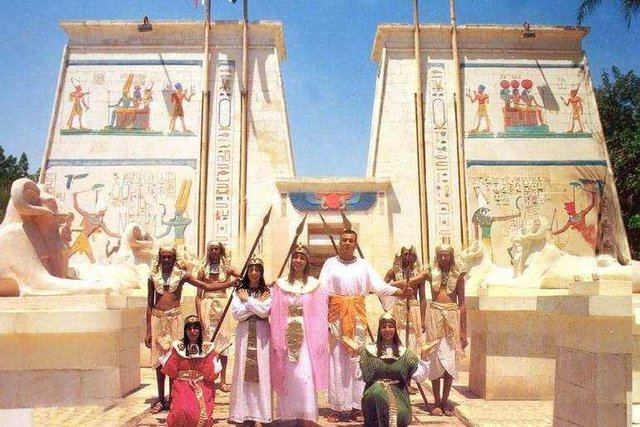
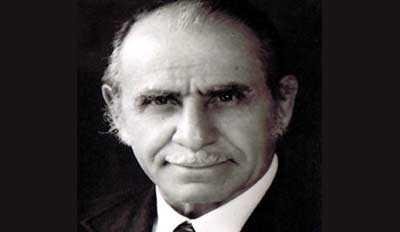
The creation of "Pharaoh Village" in downtown Cairo is the dream of scientists and philosophers - Professor Hassan Ragab. The museum's first hall tells about the life of the founder of "Pharaoh's Village" and a researcher from papyrus.
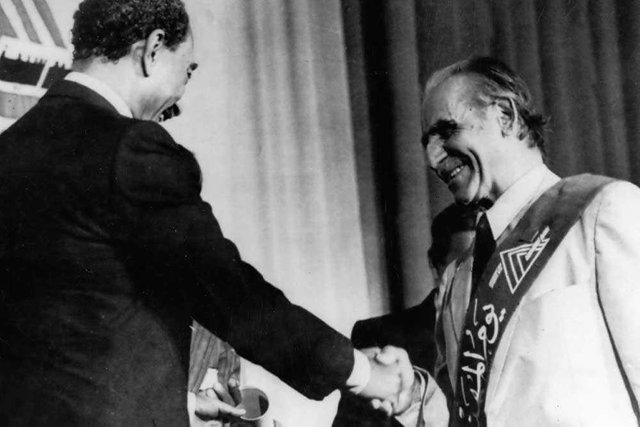
The exhibition presents photographs of various periods of his life and some personal items, including a tool for the recovery of papyrus and cryptogram from Egyptian drawings and hieroglyphs, composed by Drs. Ragabom.
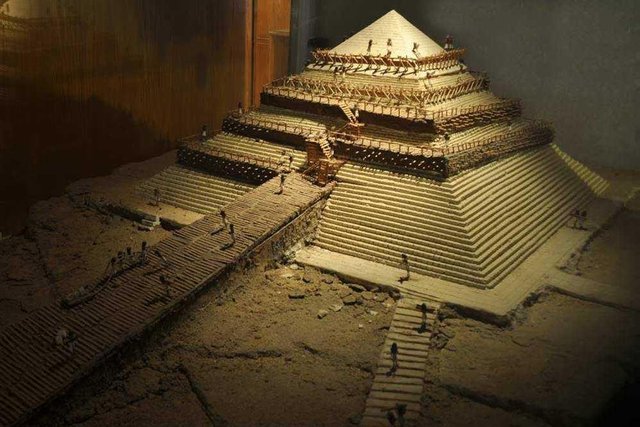
Among the exhibition of this hall, visitors can see the evolution of the ancient Egyptian tomb, beginning with mastaba [17], then the pyramid and, finally, the erection of the Great Pyramid at Giza.
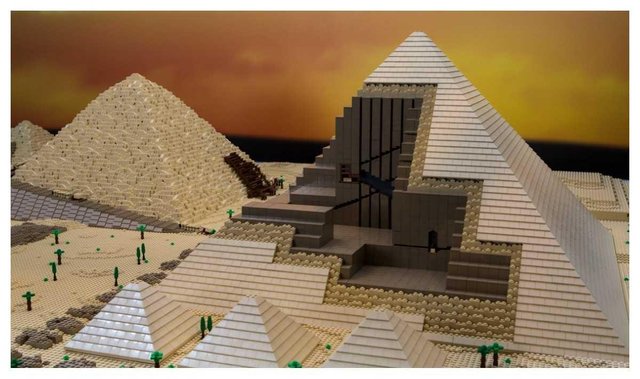
In addition, the exhibition presents several models explaining theories about how the pyramids were built, and the burial shrines in adjacent complexes.
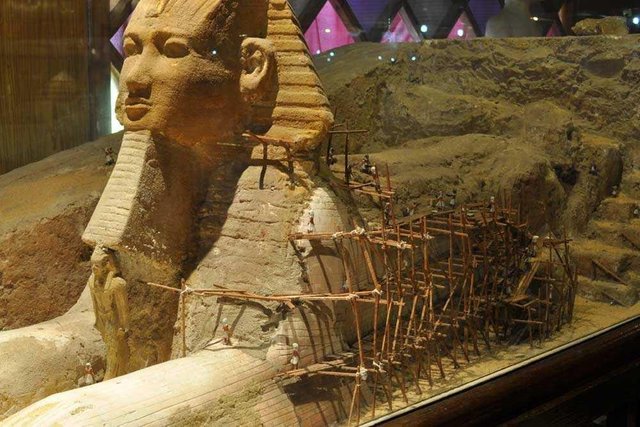
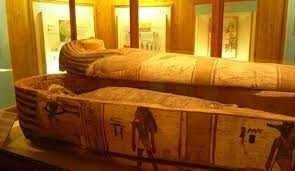
The next exhibition shows the process of mummification and the achievement of ancient Egypt in the world of medicine. Nothing imagines the imagination of Egyptologists more than the mysterious mummy that has survived for thousands of years. Mummification is very important for the ancient inhabitants of the pyramid country. The Egyptians believe in a happy afterlife, in which the spirit of "ka", returns to the body of the one who arrives in the kingdom of Hades.
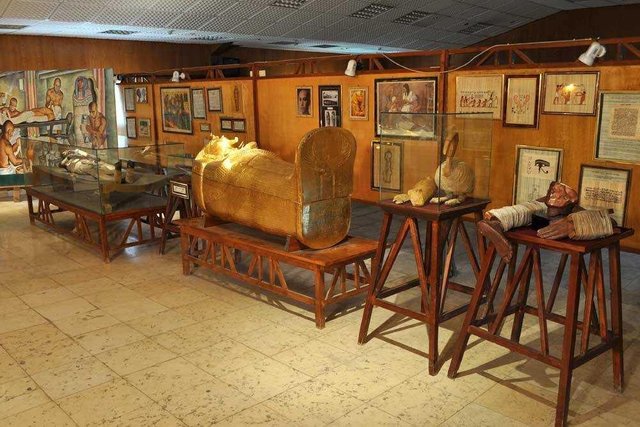
The perfection of the mummification process lasts, perhaps, a thousand years. The Medical Papyrus, explored and elaborated by Edwin Smith is the earliest known medical folio, written around 1600 BC, and probably based on earlier material dating back to 3000 BC. The text of papyrus is an ancient Egyptian textbook on traumatology, describing anatomical observations and examination, diagnosis, prediction and treatment of many injuries. An ancient medical treatise even explains the recipe for rejuvenation (medicine for wrinkles) using urea.
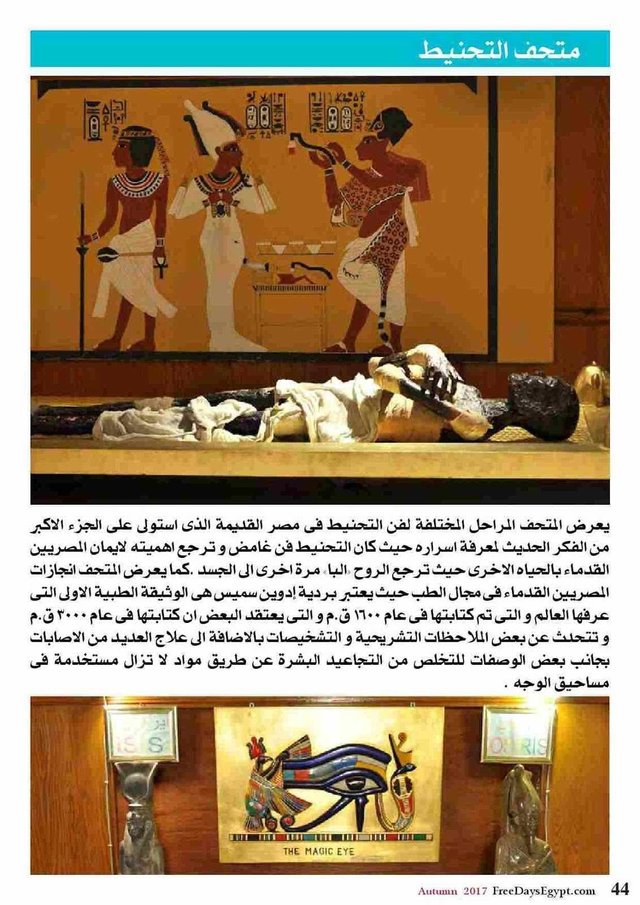
The whole process of mummification is based on natural drying. Bacteria and fungi, like all living organisms, require moisture to survive, so if water is removed from the body, the decay process is removed. Mummification of corpses performed by ancient Egyptians in special places, called "House of the Dead". Priests are involved in highly qualified mummification preparations and processes, but are considered outcasts among the rest of the population, because in society fear that they may be carriers of the infection (or just afraid to "catch" death).
The process of mummification takes 70 days and is a "pleasure" that is quite expensive. Initially the body of an incision is made from the left side of the abdomen and all organs except the heart is withdrawn.
The individual organs are wrapped with a piece of cloth, moistened with sodium chloride, and placed in separate alabaster vessels. Sodium salt, a mixture of sodium bicarbonate and sodium chloride, is shipped from the Natron Valley in the Western Desert (Wadi al-Natron).
The brain of the deceased has been removed through the nose, not the eyeball, the artificial eye is inserted, most often they are quartz ball.
At a later stage, the body is covered with a sodium salt in which it is left in this state for 40 days. At the end of this period, the body is almost completely dry, losing up to 70 percent of its weight. The ancient Egyptians knew that the human body was 70% water, so that the "readiness" of the mummy was verified by weighing.
Once dry, the stomach is reopened and filled with nuts and incense. Various oils are applied to the skin, preventing moisture penetration. Then the mummy is wrapped with linen strips (on Tutankhamun's mum there are 12 layers) and "dressed" in a protective amulet from evil spirits. Near mummies, to escort to the afterlife, papyrus scrolls are placed in the tombs of "Book of the Dead". Then the body is placed in a coffin and taken to the burial chamber, there evolved all that was needed for the things of the afterlife, favorite items of the deceased, and even the favorite animal of the mummy. Then the priest held a mouth opening ceremony to ensure the return of feelings and ability to answer questions in the next realm.
All of this is told in detail in the exposition of the "Mummification" hall.
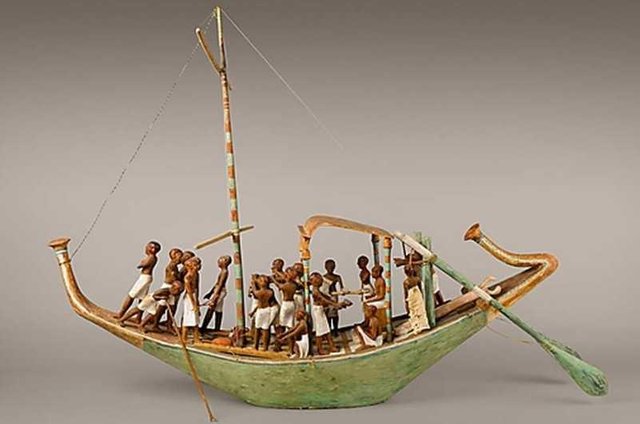
Nile is the source for all living things in Egypt. As Herodotus (5th century BC) says in his History, Egypt is a gift from the River Nile. But the Nile is also the main street of ancient Egypt, and boats used not only in rivers, but also in the Mediterranean and the Red Sea. The open spaces of the Nile are most often hijacked by papyrus boats, which are mainly used by fishermen and hunters. Other ships, designed primarily for sea voyages, are constructed of local acacia wood, or cedar, imported from Lebanon. Nails are not used in boat designs, wooden boards are tied with ropes, and such ships can carry heavy granite rocks from Aswan and even obelisks, some weighing up to 600 tons.
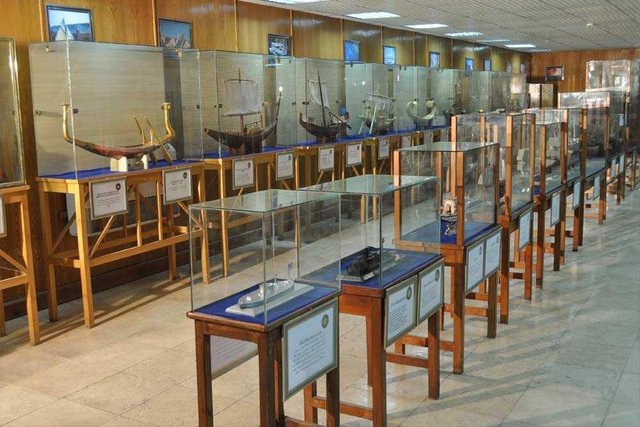
The ancient Egyptians also built ritual boats and burials. In Tutankhamun's tomb, discovered by Carter in 1922, 35 such ships were found. But most famously, the so-called "Ra solar boat" was discovered in 1955 from the western side of the Cheops pyramid at Giza. Their true purpose is unknown, perhaps (according to legend of the hereafter), such a ship is a means of delivering the deceased pharaohs to the kingdom of Hades. Samples and models of some types of ancient Egyptian ships can be seen in Dr. Ragaba.
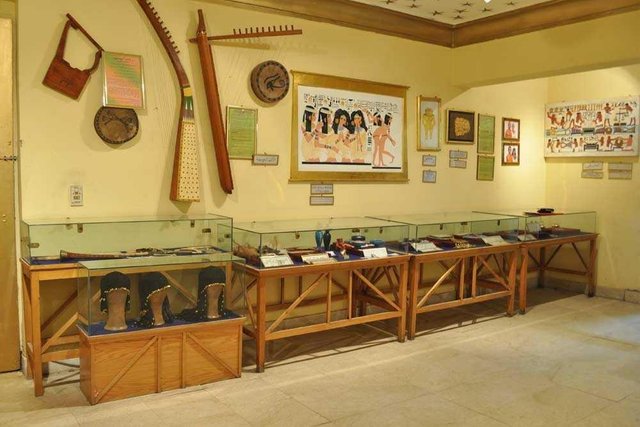
The next room describes various aspects of ancient Egyptian life. Musical instruments, food and beverages,
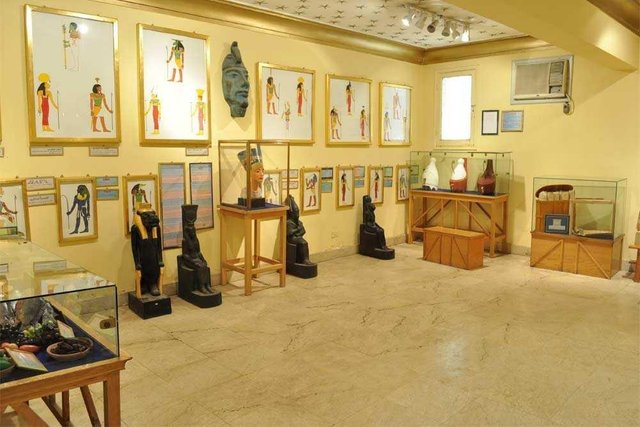
cosmetics and ornaments, images of ancient Egyptian gods and Upper crowns and Lower Egypt - with all these and other aspects of ancient Egyptian art can be found in the exhibition hall.
About the Hellenic period of Egypt, the scientific research carried out by Napoleonic army scientists, the arrival of Christianity, the formation of Islam and several other exhibitions from the museum. Ragabah I will tell at the end of the story about Cairo's unique museum in "The Village of the Pharaohs"
The original article was written by the author about the personal experience of many years working as a tour guide in Egypt

Matap that sejarah luarnegeri.